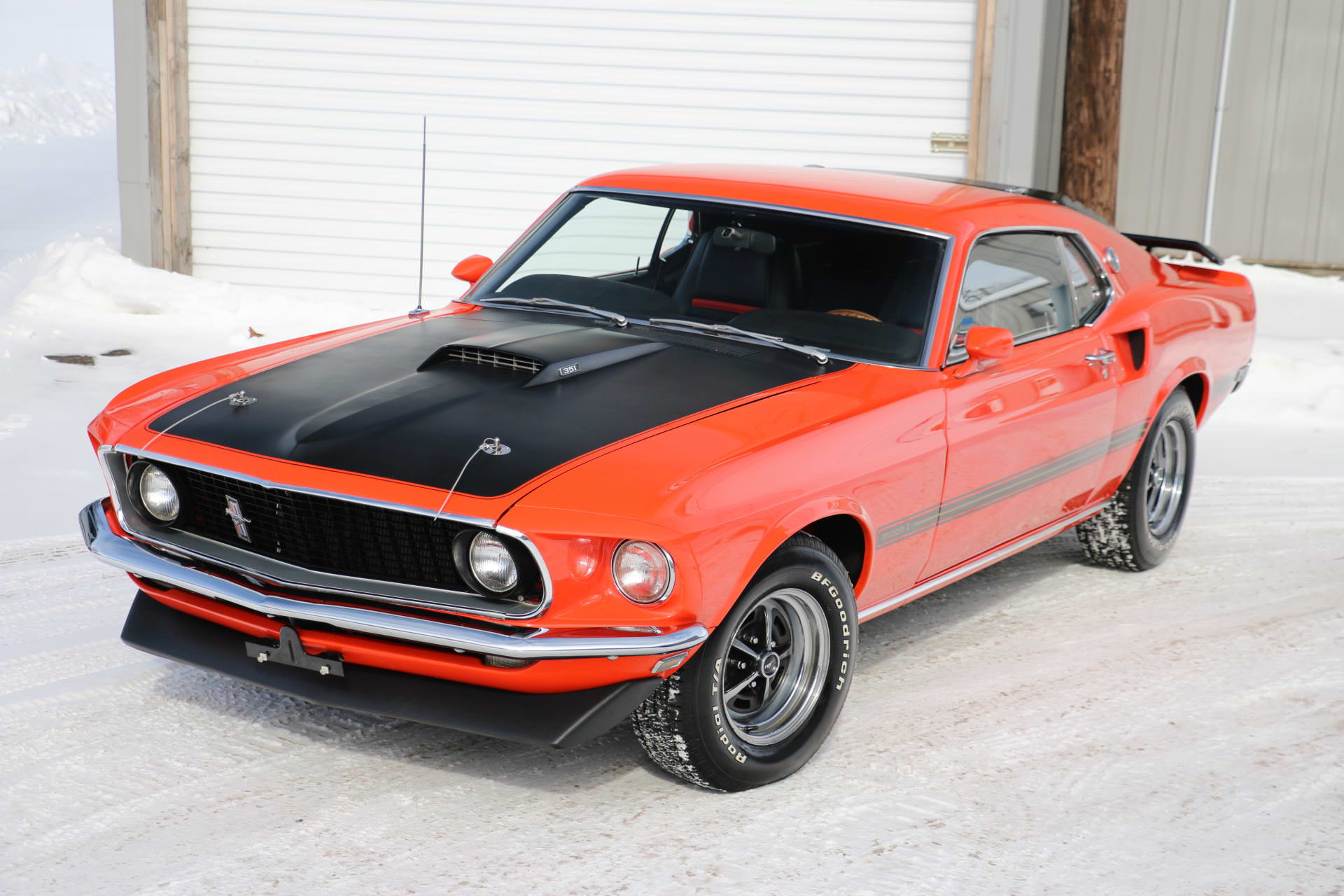
It's right there in print, "It's Dave Ash's Mustang." Bordinat will tell you I did the car. Iacocca in his book flat out comes and says I did the car. You look at the photograph taken at the award banquet for the Industrial Designers' Society where the Mustang received the medal it's got Damon Woods in it (the group that did the interior), and Charlie Phaneuf (who was with Damon), and it's got myself and John Foster (who was with me), it's got (John) Najjar in it. I did not design it in total, nor did Oros. He's called the father of it, and, in that respect, he was.

However, anyone that says they designed the car by themselves, is wrong. Ash, in a 1985 interview speaking of the origin of the Mustang design, when asked the degree of his contribution, said: David Ash is often credited with the actual styling of the Mustang. I said it should be as sporty as possible and look like it was related to European design. I wanted a Ferrari-like front end, the motif centered on the front - something heavy-looking like a Maseratti, but, please, not a trident - and I wanted air intakes on the side to cool the rear brakes. I told the team that I wanted the car to appeal to women, but I wanted men to desire it, too. In a 2004 interview, Oros recalls the planning behind the design: We couldn't afford the manpower, but we made up for lost time by working around the clock so our model would be ready for the management review. But we would only have one model because Ford studio had a production schedule for a good many facelifts and other projects.
#MUSTANG MACH 1 PLUS#
And Advanced would have five, some they had previously shown and modified, plus a couple extras. But we knew Lincoln-Mercury would have two models. We cut right into it, adding or deleting clay to accommodate our new theme, so it wasn't like starting all over. We cut templates and fitted them to the clay model that had been started. Within a week we had hammered out a new design. We also had photographs of all the previous sporty cars that had been done in the Corporate Advanced studio as a guide to themes or ideas that were tired or not acceptable to management. We taped the lists up all around the studio to keep ourselves on track. We talked about the sporty car for most of that afternoon, setting parameters for what it should look like - and what it should not look like - by making lists on a large pad, a technique I adapted from the management seminar.

I then called a meeting with all the Ford studio designers. This design was called the Cougar by the design team. David Ash, Gale Halderman, John Foster and George Schumaker. The Ford design studio ultimately produced the winning design in the intramural contest, under Project Design Chief Joe Oros and his team of L. The design teams had been given five goals for the design of the Mustang: It would seat four, have bucket seats and a floor mounted shifter, weigh no more than 2,500 pounds (1,100 kg) and be no more than 180 inches (5 m) in length, sell for less than US$2,500 (equivalent to $23,589 in 2022), and have multiple power, comfort, and luxury options. while Iacocca himself championed the project as Ford Division general manager.ĭrawing on inspiration from the mid-engined Ford Mustang I concept vehicle, Lee Iacocca ordered development of a new "small car" to vice-president of design at Ford, Eugene Bordinat.īordinat tasked Ford's three design studios (Ford, Lincoln-Mercury, and Advanced Design) to create proposals for the new vehicle. Frey was the head engineer for the Mustang project - supervising the development of the Mustang in a record 18 months from September 1962 to April 1964. This new car had no common components with preceding models.Īs Lee Iacocca's assistant general manager and chief engineer, Donald N. With the onset of the 1973 oil crisis, Ford was prepared, having already designed the smaller Mustang II for the 1974 model year. After an initial surge, sales were steadily declining, as Ford began working on a new generation Mustang. The 1971 model saw a drastic redesign to its predecessors. With each revision, the Mustang saw an increase in overall dimensions and in engine power. At the time of its introduction, the Mustang, sharing its platform with the Falcon, was slotted into a compact car segment. It was initially introduced on April 17, 1964, as a hardtop and convertible with the fastback version put on sale in August 1964. The Mustang's styling, with its long hood and short deck, proved wildly popular and inspired a host of competition. The introduction of the Mustang created a new class of automobiles known as the pony cars.

The first-generation Ford Mustang was manufactured by Ford from March 1964 until 1973.


 0 kommentar(er)
0 kommentar(er)
